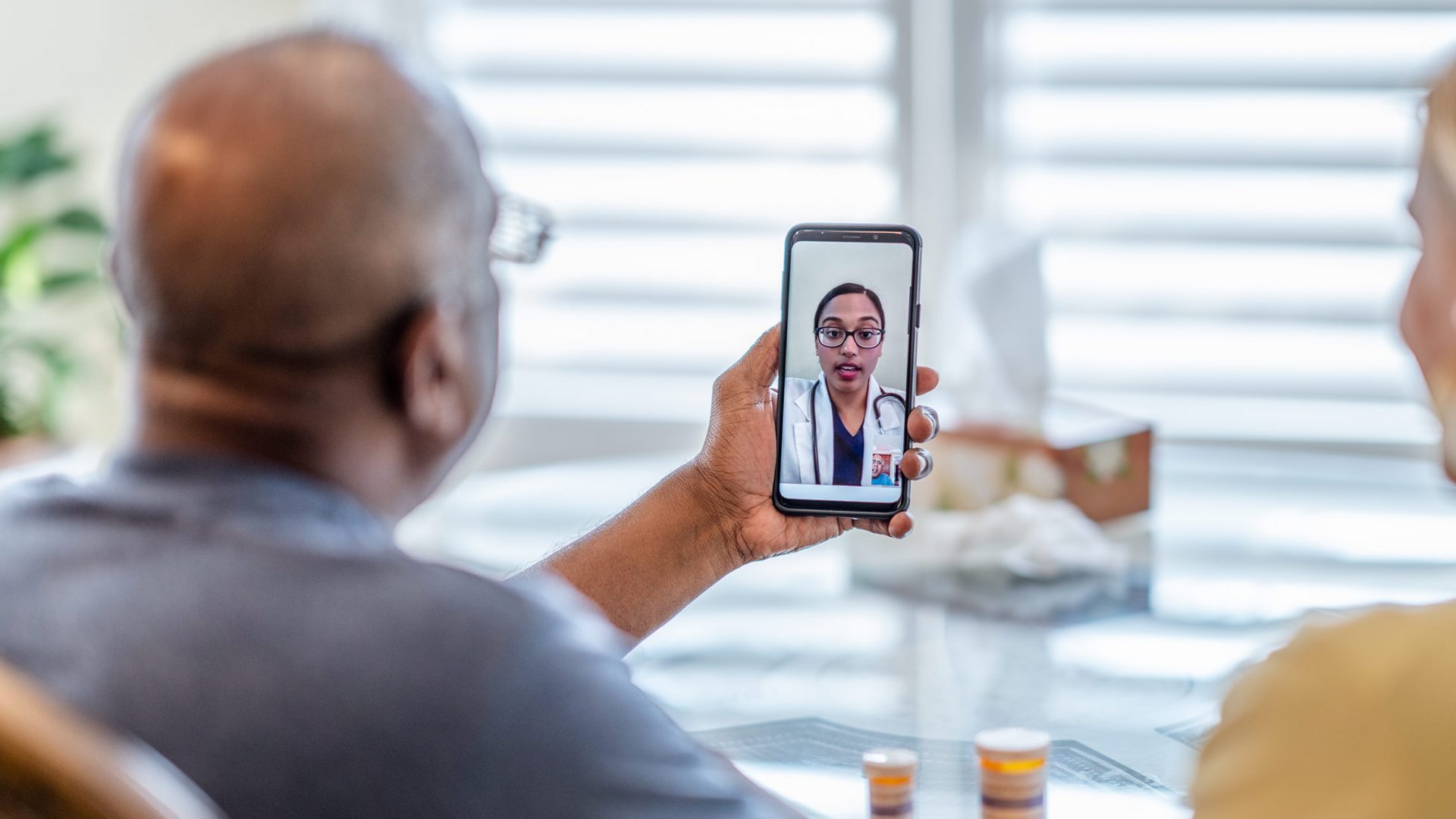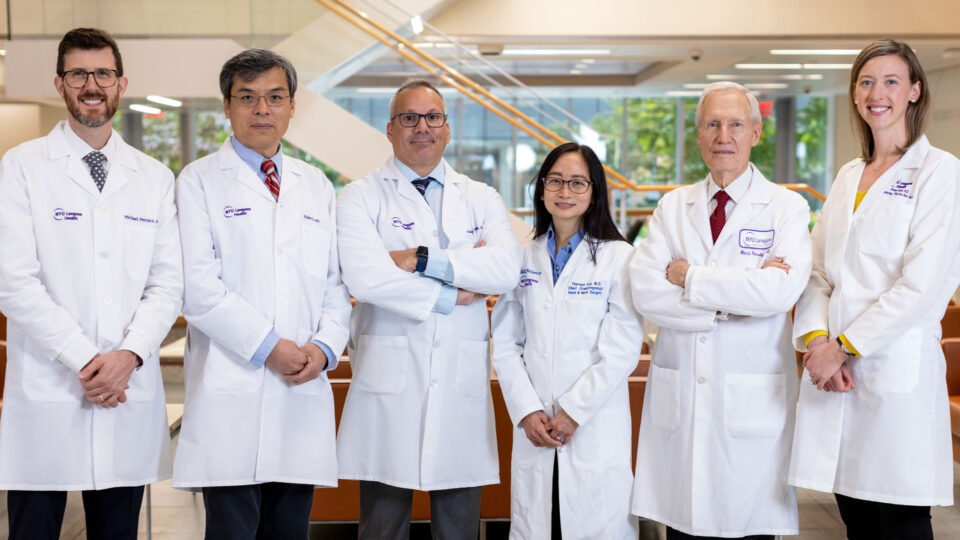The recent COVID-19 pandemic required oncologists across the Veterans Affairs (VA) healthcare system to adopt telehealth services. While this revealed benefits, there continue to be challenges, including access to devices as well as understanding how to use the technology.
To address these barriers, NYU Langone Health’s Perlmutter Cancer Center has launched the Telehealth Research and Innovation for Veterans with Cancer (THRIVE) Center. The effort is supported by a prestigious $5 million grant from the National Cancer Institute’s Telehealth Research Centers of Excellence (TRACE) initiative, a part of the Cancer Moonshot initiative.
“Many veterans, especially in rural areas, are potentially vulnerable to a digital divide in accessing telehealth services,” says Danil V. Makarov, MD, an associate professor of urology and population health at NYU Langone.
“Many veterans, especially in rural areas, are potentially vulnerable to a digital divide in accessing telehealth services.”
Danil V. Makarov, MD
As part of the new initiative, Dr. Makarov and co-director Scott E. Sherman, MD, plan to study how social factors such as race and ethnicity, poverty, and rural residence impact the delivery of telehealth for cancer care.
Examining Telehealth’s True Impact
Established barriers to delivering efficient healthcare include geographical restrictions as well as long wait times. But just as telehealth has helped to minimize these roadblocks, its implementation has brought to light new hurdles.
Some veterans, especially in rural areas, may have access to telehealth technology but have unreliable internet or cellular service, while others may have access but won’t adopt telehealth due to personal or cultural factors.
Dr. Makarov believes more research is needed to understand how to engage these groups successfully, and he anticipates that such research could help to inform future policies on the use of this technology in veteran populations.
Working in collaboration with the Veterans Health Administration (VHA), the THRIVE Center will focus on examining telehealth’s role in delivering cancer-related healthcare, providing support for diverse teams of researchers to conduct large-scale trials in real-world clinical settings.
“The VHA is one of the largest integrated healthcare providers, delivering medical care to more than 9 million veterans in the United States, which makes it an ideal study setting,” Dr. Makarov says.
Building Health Equity into Telehealth Services
In addition to developing innovative ways to use telehealth in cancer care, the THRIVE center will focus on identifying and addressing telehealth-related disparities among underserved populations, including rural residents, racial and ethnic minorities, older adults, people with low socioeconomic status, and those with poor digital literacy.
“This work will pave the way for having healthcare delivery look significantly different over the next five years.”
Health systems like NYU Langone, with a mission to serve diverse communities, have a responsibility to research and establish best practices for patients, Dr. Makarov says.
“We anticipate the lessons learned from this evaluation of the VA telehealth system for cancer care can be adopted and integrated into other health systems,” Dr. Makarov explains. “This work will pave the way for having healthcare delivery look significantly different over the next five years.”






